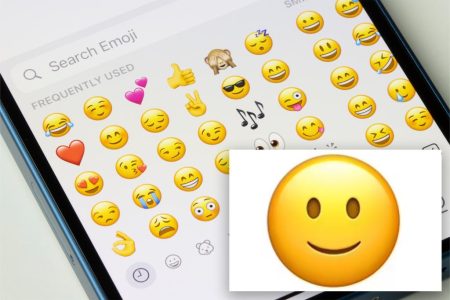The decline of cursive handwriting skills among US youths is causing concern among educators and parents. Many young people are unable to read or write in cursive, leading to difficulties in performing basic tasks such as signing checks. This trend is attributed to the increasing use of digital technology in the classroom, which has replaced the traditional pen and paper with keyboards.
The issue of handwriting illiteracy is not just anecdotal, as a 2021 study revealed that a significant number of Americans struggle to read their colleagues’ handwriting and cannot even decipher their own. This difficulty with handwriting can lead to anxiety when writing on a board in front of others or signing important documents. Experts believe that this decline in penmanship skills is a result of the rise of digital technology, which is impacting cognitive development and attention spans.
While digital technology is often blamed for the decreasing IQ scores in the US, a new study by Norwegian scientists suggests that handwriting can actually boost brain connectivity and enhance learning and memory. The fine motor skill involved in writing by hand engages the brain in a more active way compared to typing on a digital device. Researchers are concerned that the lack of practice with penmanship could lead to the extinction of this valuable skill.
In response to the dwindling use of cursive handwriting, some states have passed legislation requiring students to learn cursive. California and New York have implemented bills mandating cursive instruction for students aged 6 to 12 years old. Education experts argue that cursive proficiency is essential not only for practical tasks like signing documents but also for historical literacy, as important documents like the Declaration of Independence and the “Diary of Anne Frank” are written in cursive.
The reintroduction of cursive into school curriculums is seen as a way to preserve this valuable skill and ensure that future generations are able to read and write in cursive. While technology has its benefits, the ability to write in cursive remains an important skill for children to develop. Education experts emphasize the significance of cursive in connecting with history and understanding important documents that are written in cursive.
Overall, the decline of cursive handwriting skills among US youths due to the rise of digital technology is a concerning trend that has implications for cognitive development and historical literacy. By reintegrating cursive into school curriculums and emphasizing the importance of this skill, educators aim to prevent the extinction of handwriting and ensure that future generations have the ability to read and write in cursive.















